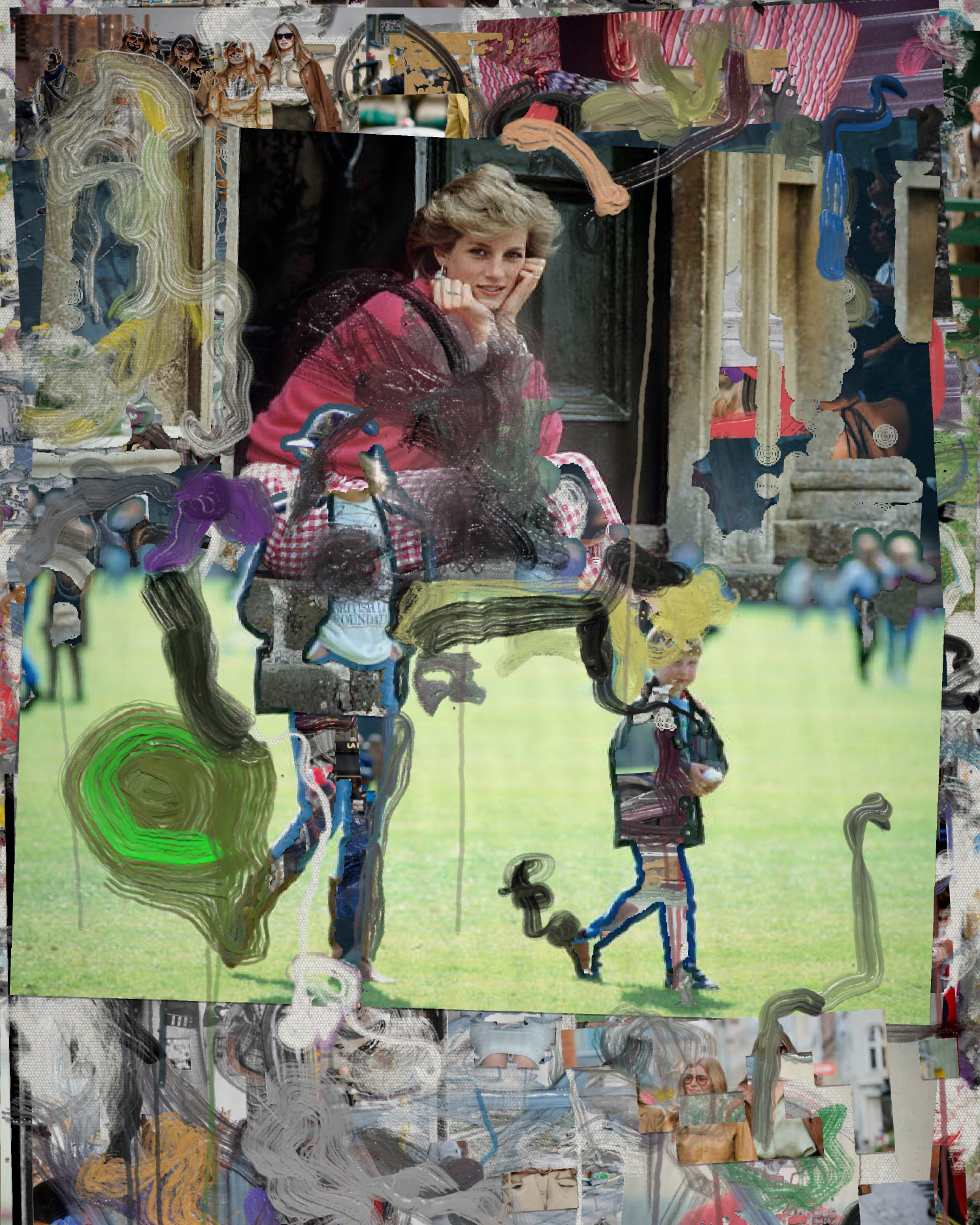
As an artist operating at the cutting edge of new media, Siebren Versteeg is not blind to the shortcomings of technology. In fact, his works, which date back to the 2000s, have leveraged digital tools themselves—generative algorithms, live data feeds, web scraping techniques, programming languages—to critique the role of technology in contemporary culture, while centering the art-making as a gesture in itself.
The emergence of NFTs, then, should have piqued the interest of the tech-minded man. But Versteeg told Artnet News that the crypto art space, with its emphasis of commodity over the creative process, is “in many ways antithetical to the kind of ethics and ambitions of my work.”
So, in response to the NFT phenomenon, Versteeg is releasing his first NFTs. But of course, these won’t be your usual PFPs: Titled “For a Limited Time,” the collection is billed as a year-long “artistic experiment” that invites collectors to decide when and what to mint.
Siebren Versteeg, sample image from “For a Limited Time” (2023). Photo courtesy of Arsnl Art.
Quite simply, across the next 12 months, the project will be generating a new image every 10 to 15 minutes, capturing the moment’s trending events and stories, scraped from the internet, in computer-generated yet painterly collages. Of the roughly 35,000 works that will be generated, 750 will be saved and made available for a limited period, during which collectors can opt to claim them as NFTs, each priced at $300 (or about 0.18 ETH), for their crypto wallet.
To build out the project, Versteeg dove into what he called “libraries of code that have become a staple of my tool cabinet over the past two decades,” programming solo as opposed to relying on a technology team. The time period of a year was chosen, he said, “for viewers to experience the full breadth of the algorithm’s potential.”
Following its physical exhibition at Frieze L.A., presented by Bitforms Gallery, “For a Limited Time” will launch its presale on March 13 and public sale March 15 on Arsnl Art, the Web3 arm of the Artists Rights Society that was responsible for last year’s Frank Stella drop.
Siebren Versteeg, sample image from “For a Limited Time” (2023). Photo courtesy of Arsnl Art.
Fitting for an artist who worked “in the dotcom industry of the late 90s,” the collection taps directly into Versteeg’s long-standing interest in media saturation and information overload. He’s addressed these issues in a prolific run of multimedia and multivalent works, which he began exhibiting at the turn of millennium, and some of them have been collected by institutions including the Whitney Museum and Yale University Art Gallery.
Most pertinent here are his pieces such as Dynamic Ribbon Device (2003), Daily Times (Performer) (2012), and Today’s Paper (with flies) (2019). These internet-connected and video-based works, which variously run news headlines through algorithms to generate animations and abstractions, reflect not just the fleeting nature of current events, but also the subjective experience of media consumption.
In sample images generated by “For a Limited Time,” this information surfeit is likewise represented in chaotic assemblages that stitch together images as disparate as that of the Pope, street protests, fashion editorials, Princess Diana, and Rihanna’s Super Bowl halftime performance.
Siebren Versteeg, sample image from “For a Limited Time” (2023). Photo courtesy of Arsnl Art.
Leveraging immediacy and real-time data, said Versteeg, “felt to me a more accurate way to explore my interest in communicating the experience of art as an evolutionary and often unpredictable act of production over confrontation with an immutable artifact.”
Such shifting interactions between viewer and art are built directly into “For a Limited Time,” in its urging of collectors to capture and intervene in moments that are ephemeral at best. In doing so, the project “acts as a collaborative conduit for creative production, imbuing the collector with the responsibility for what becomes encoded into their wallet and the blockchain’s memory,” said Versteeg. In short, it’s the collectors who decide on the value of the NFTs.
“For me,” he added, “the most rewarding part of the work is its ability to shed light on the small and particular interactions with technology.”
Siebren Versteeg, sample image from “For a Limited Time” (2023). Photo courtesy of Arsnl Art.
The collection launches at a time when generative art is having quite the moment. Refik Anadol’s A.I.-assisted work is currently installed at the Museum of Modern Art, while the likes of Tyler Hobbs and Dmitri Cherniak continue to see sustained, if not swelling, market interest in their generative creations. The rising popularity of text-to-image platforms, too, has made generative art all the more accessible to the public.
While Versteeg’s own use of digital technology has tended more toward the conceptual, he professed delight at the increased popularity of such tools in art-making. These encounters between human and machine, after all, have been productive, if not necessarily in his observations, then in his experience.
“It had always seemed inevitable to me,” said Versteeg, “that humanity’s adoption of this technology would eventually produce and celebrate creative coding as a legitimate and important way to make art in our time.”
More Trending Stories: